Relevant Research Questions
One important goal of research is to produce applicable research information on regulated rivers to develop their fisheries and to promote sustainable use of their migratory fish populations. The main themes of this subject of ongoing studies at Kainuu Fisheries Research Station are:
a) Methods to restorate the natural reproduction of endangered salmonid species,
b) The Effects of River restoration and watershed land use on fish populations,
c) Effects of stream restoration on fish populations, benthic invertebrates and stream functions and
d) Energetic consequences of hydropeaking conditions on salmon fry.
Research is performed to promote the conservation, diversity and management of Finnish fish species, many of them classified threatened. Especially many salmon and brown trout populations are endangered and dependent on restocking. However, restocking of fish has not been successful in many cases. The main reason for this is the high mortality of the released fish. One obvious reason is that life skills that are important for survival in the wild are weakened by domestication selection and unnatural rearing environment. To counteract this we are developing more natural rearing methods, release methods and the methods decreasing the rate of domestication. One of the recent subjects of ongoing experiments is ‘Evolutionary restoration of fish populations impacted by human-induced selection’. Fishing-induced evolution occurs, when fishing imposes a non-zero selection differential on a heritable trait. It may occur in life-historical, physiological, morphological and behavioral traits both due to direct and correlated selection. Research is testing if different methods could be used to decrease the possible unwanted fishing-induced selection on fish populations.
Advantages
Kainuu Fisheries Research station has unique experimental facilities for aquatic ecological, environmental or management-related research in laboratory and in semi natural experimental arenas. No other comparable facility is yet available in the European Union.
Limitations
In many of the experimental facilities at the station especially including many of the semi-natural streams there already is versatile monitoring PIT-tag (Passive integrated transponder) and underwater camera systems available for experimental studies. PIT-tag systems at the station have been developed to serve as a tool for monitoring behavior of fish in different experimental arenas. Also user-friendly filtering programs are available for all the users at the station (www.pitdata.net). Recently most of the researchers working at the station have used these monitoring systems in their studies and the need to extend these devices to cover more of the devices is increasing.

